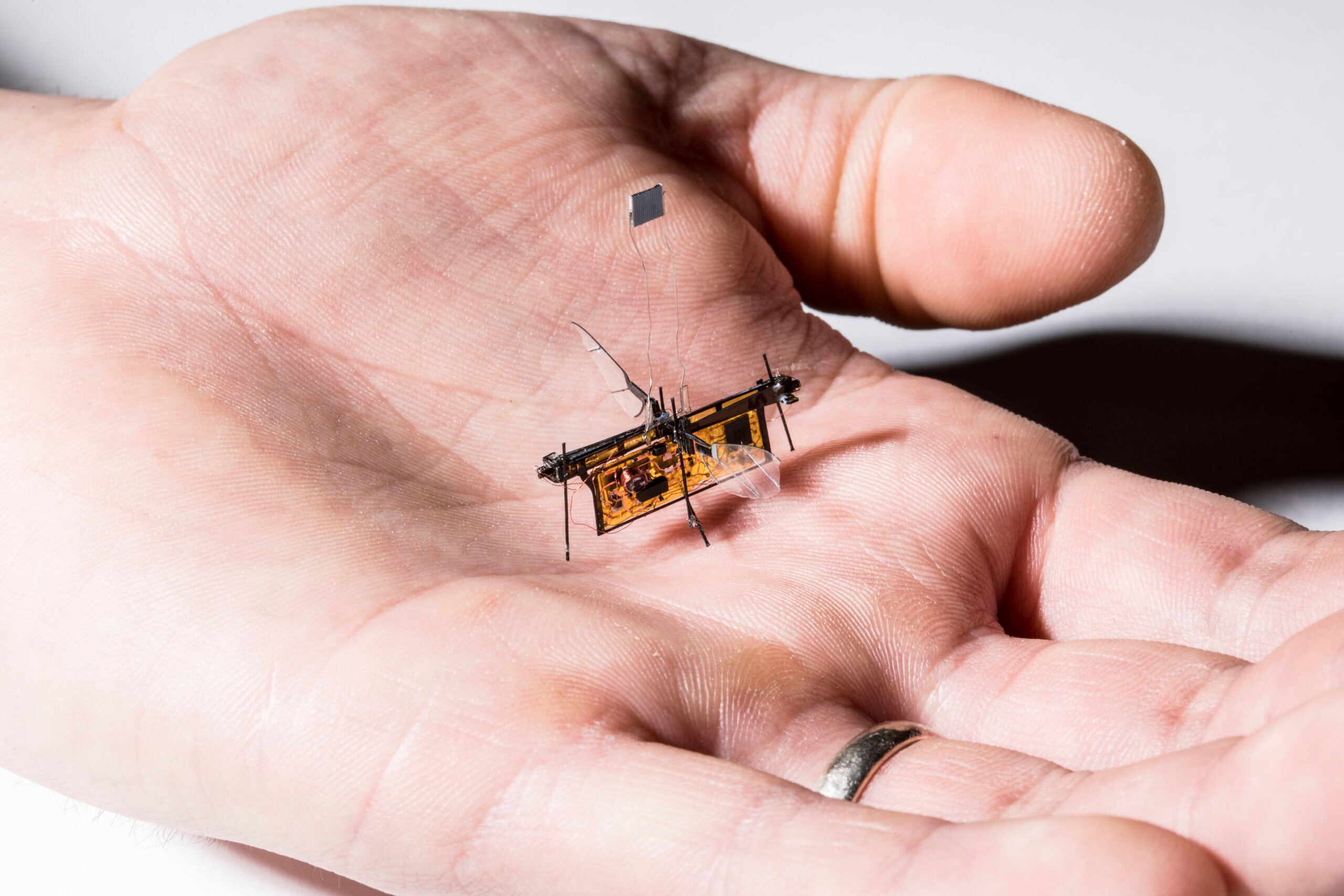University of the West of England student Neha Shahid Chaudhry has created a device which uses sensors to keep its users moving.
The device is able to detect if its user has frozen and then, using vibrations in the handle, help them reestablish their lost rhythm.
23-year old Neha hopes the invention will help those with Parkinson’s who experience joint freezing which can impact their ability to walk.
While “there isn’t a cure for Parkinson’s”, Neha explains, “my aim is to make their lives a bit better while they are dealing with it. When I gave the product to patients to be tested, there were smiles on their faces and they were saying ‘This could really work’. It seems unbelievable that I have made something which could help people, even if it is to a small extent”.
The science behind the device is all to do with understanding an individuals ‘gait’. The combination of physical movement, balance and co-ordination we employ to walk. When users walk when listening to music, other sound or visual cues that their stride becomes aligned to the beat and more regular.
As Parkinson’s is caused by a deficiency of Dopamine, the compound used to maintain our balance and most of our motor-skills, suffers can find it difficult coordinate their decision-making for performing actions. When the brain signals to move forward, this impulse can be confused and the user can freeze.
A vibration or beat can reduce the noise in the brain and increase the signal for the action that needs to be performed.
There are still engineering challenges to overcome. The electronics will need to be further miniaturised and automation improved. It is hoped the device will also be able to log its sensor readings to allow doctors a better overview of a patient’s condition.
The product is under development at Bristol Robotics Laboratory in collaboration with Echord.










